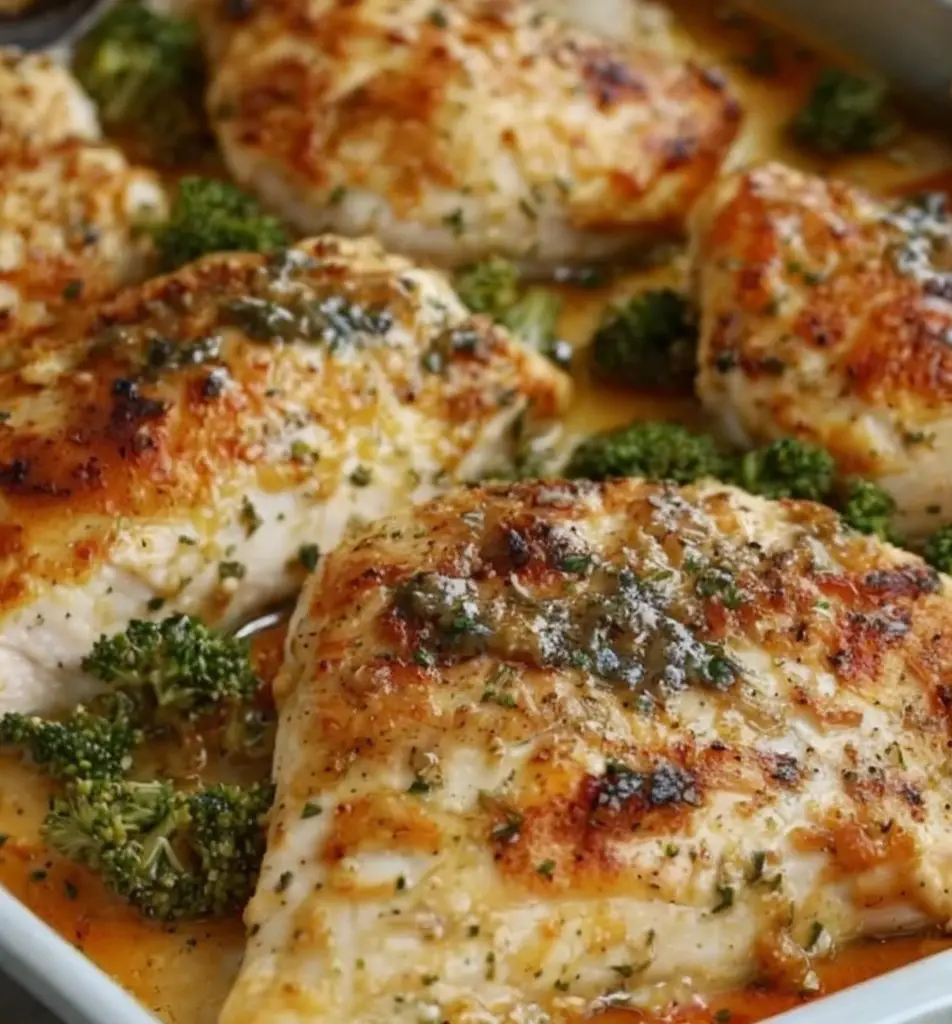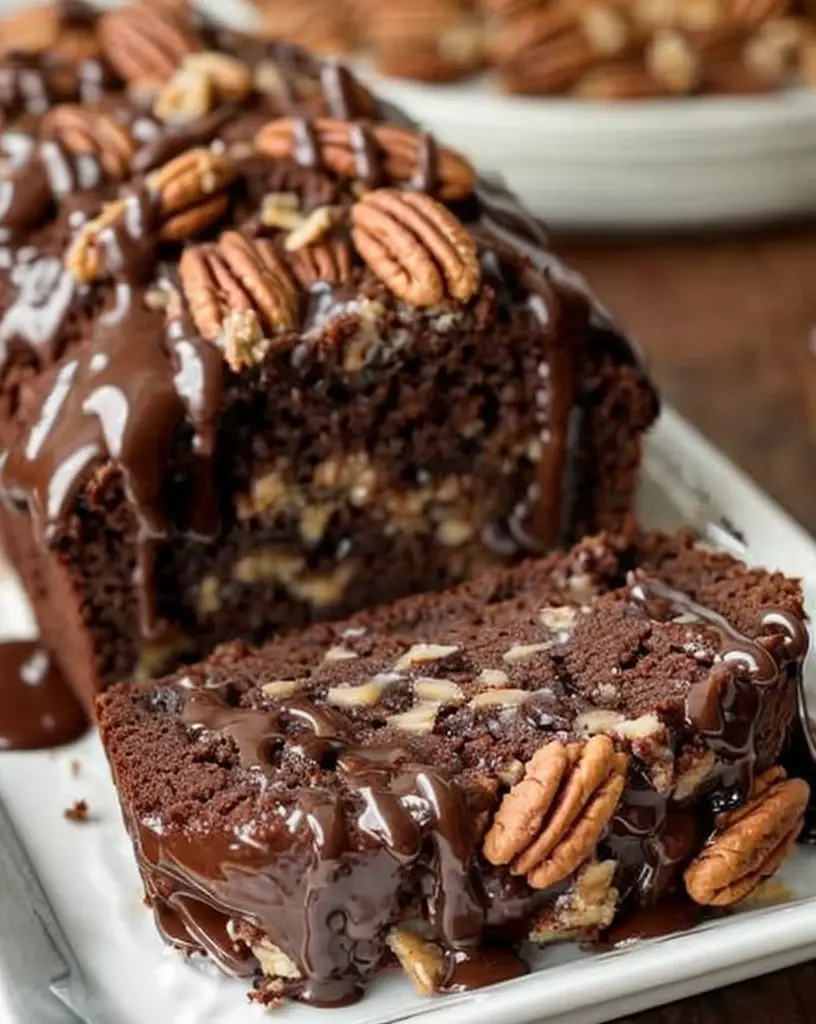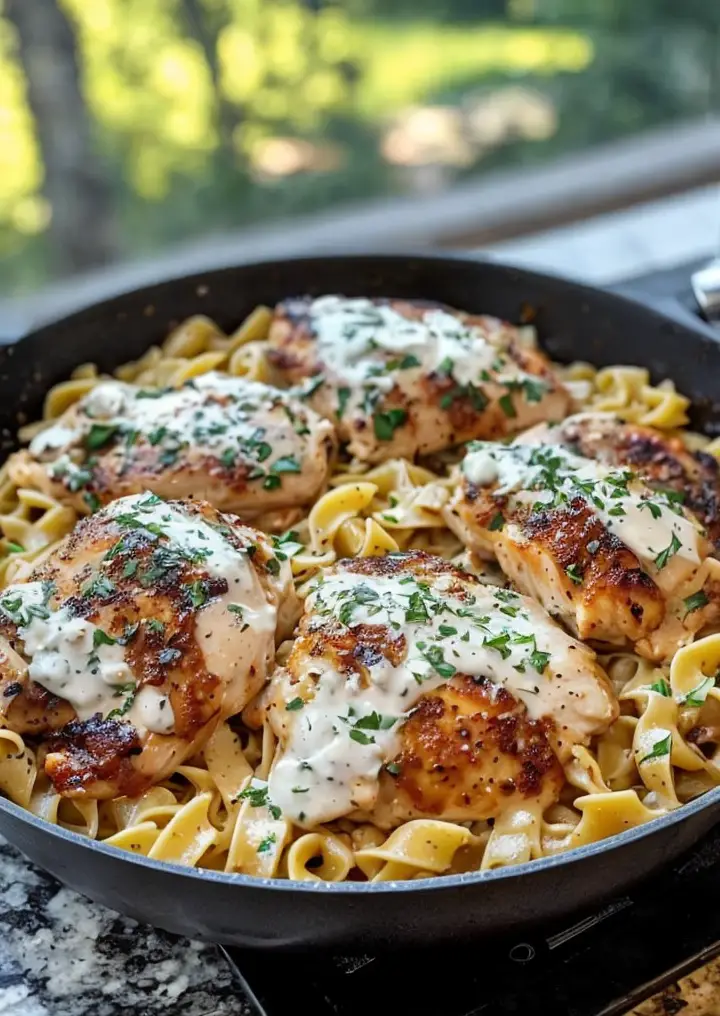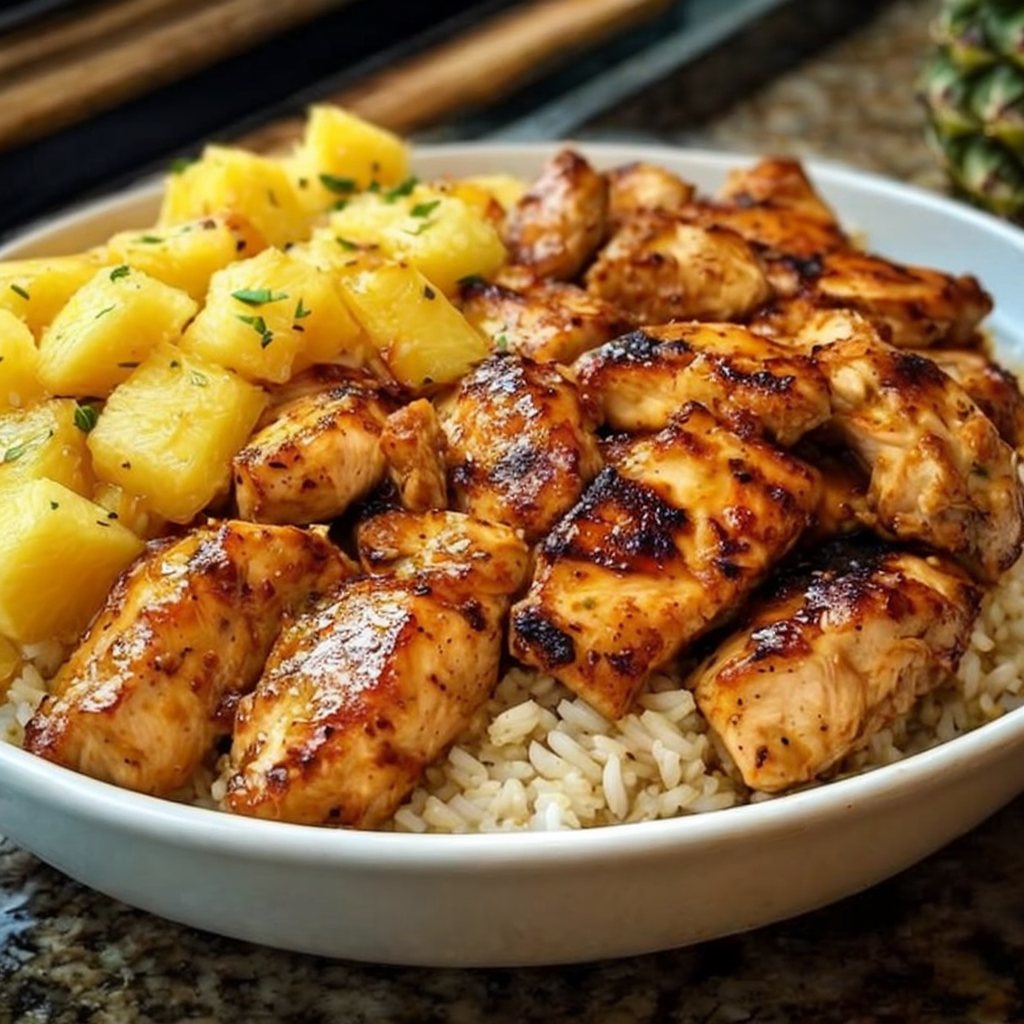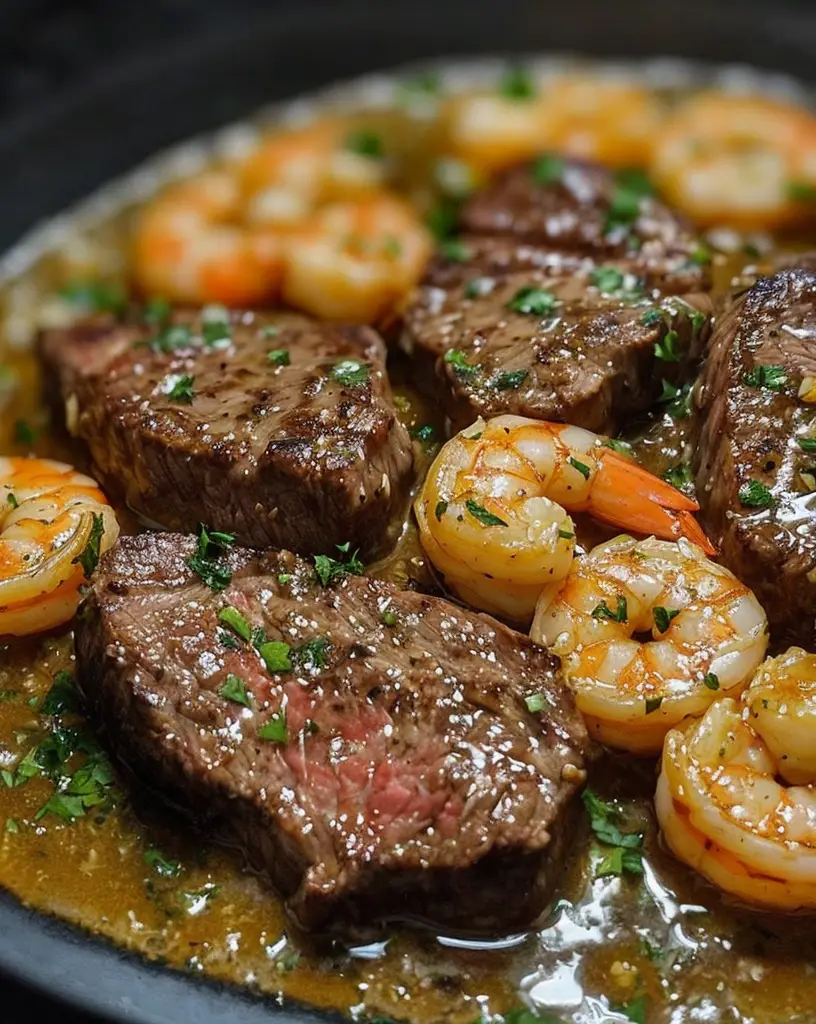Juicy Oven-Baked Chicken Breast Recipe: Perfectly Tender Every Time!
When it comes to easy, flavorful dinners, a juicy oven-baked chicken breast recipe is a go-to favorite. Not only is this dish incredibly simple to prepare, but it also promises a wonderfully moist and tender chicken experience that simply melts in your mouth. Imagine sinking your teeth into perfectly seasoned chicken, cooked to juicy perfection. Whether you are serving it on a weeknight or preparing it for a weekend gathering, this recipe is sure to delight your family and guests alike.
As the inviting aroma fills your kitchen, you’ll be tempted to dive straight into the deliciousness of this oven-baked chicken. The combination of herbs and spices harmonizes beautifully with the chicken, enhancing its natural flavors. Paired with your favorite sides, such as roasted vegetables or fluffy rice, this dish becomes a flavorful centerpiece that brings everyone together around the table. Let’s break down the highlights of this juicy oven-baked chicken breast recipe, ensuring your cooking adventure is as delightful as the meal itself.
Quick Recipe Highlights
- Flavor Profile: This juicy oven-baked chicken breast is infused with a blend of savory herbs and spices that enhance its natural flavors while adding a touch of warmth and depth.
- Texture: The chicken is tender, juicy, and incredibly succulent thanks to the baking method, which seals in moisture and flavors.
- Aroma: As it cooks, your kitchen will be filled with mouthwatering notes of garlic, paprika, and rosemary that create a comforting and inviting atmosphere.
- Visual Appeal: Golden brown on the outside with a juicy interior makes this chicken dish not only delicious but also aesthetically pleasing on the plate.
- Skill Level Needed: Perfect for beginner cooks, this dish requires minimal preparation and straightforward cooking techniques.
- Special Equipment: All you need is an oven, a baking dish, and basic kitchen tools to achieve this classic recipe.
Recipe Overview
- Difficulty Level: This recipe is designed for those new to cooking and is easy to follow, making it perfect for busy weeknights or novice chefs looking to impress their guests.
- Category: As a main dish, this juicy oven-baked chicken breast can easily fit into any meal plan, whether it’s a casual family dinner or a festive gathering.
- Cuisine: Rooted in American culinary traditions, this recipe showcases accessible ingredients and flavors loved by all, highlighting the comfort of home-cooked meals.
- Cost: With a focus on affordable ingredients, this recipe exemplifies budget-friendly nutrition that doesn’t compromise on taste.
- Season: This chicken dish is perfect for any season, providing a hearty and satisfying meal year-round.
- Occasion: Ideal for dinner parties, family gatherings, or meal prep, this recipe is versatile enough to suit any occasion.
Why You’ll Love This Recipe
The taste and texture of this juicy oven-baked chicken breast make each bite a delightful experience. The seasoning blend seeps deeply into the meat, offering an irresistible combination of flavors that complement the chicken’s natural juiciness. The tender texture invites you to savor each piece, creating a satisfying meal that leaves you wanting more.
In terms of convenience, this recipe is a breeze to prepare. With minimal prep work involved, you can quickly assemble the ingredients and let the oven do the rest. This hands-off approach allows you to focus on other tasks, whether attending to guests or preparing a side dish, making it an excellent choice for busy chefs.
From a nutritional standpoint, chicken breast is an excellent source of lean protein, offering health benefits without excess calories. Pairing it with colorful vegetables enhances the nutritional profile further, making it a balanced and wholesome option for any meal plan.
On a social level, sharing this dish with friends and family creates lasting memories. The inviting aroma and presentation are sure to spark conversations at the dining table, bringing everyone together to enjoy a delicious home-cooked meal.
Finally, with its accessibility and affordability, this juicy oven-baked chicken breast allows everyone to enjoy a high-quality dining experience at home. The ingredients are easy to find, making it simple to whip up a flavorful dinner on a budget.
Historical Background and Cultural Significance
The history of cooking chicken can be traced back centuries, with various cultures developing their own unique methods and flavors. In American cuisine, baking chicken in the oven has gained popularity for its simplicity and ability to yield juicy results. This method preserves the meat’s natural flavors while allowing for an array of seasoning combinations.
Culturally, chicken has held a significant role in both celebrations and everyday meals. It serves as a symbol of comfort and sustenance across various communities. This recipe represents how home cooking can unite families and enhance traditions through shared meals.
Over the years, the evolution of chicken preparation has showcased diverse influences and techniques. From Southern fried chicken to rotisserie preparations, baked chicken recipes have branched into many styles while maintaining their core appeal. This particular oven-baked approach highlights the ease and efficiency that appeals to time-crunched cooks.
Regionally, variations of this dish can be found everywhere, often adapted with local spices and ingredients. The versatility of chicken allows it to absorb unique tastes from different culinary backgrounds, making each version special and reflective of its origin.
Ingredient Deep Dive
Chicken Breast
Chicken breast is a staple in many cuisines due to its high protein content and low fat levels. Historically, it has been a favored choice among health-conscious individuals and families seeking nutritious meals. The meat’s versatility allows for numerous preparations, from grilling to roasting.
Nutritionally, chicken breast is packed with essential vitamins and minerals. It is an excellent source of niacin, which supports energy metabolism, and selenium, which plays a key role in immune function. When selecting chicken breasts, look for plump, firm pieces without any discoloration. Proper storage involves keeping chicken in the fridge for fresh use or freezing for extended shelf life. Substituting chicken breast can be done with turkey breast or other lean poultry options.
Olive Oil
Olive oil has been celebrated for its health benefits and rich flavor. Its significant role dates back to ancient civilizations, where it was used not only for cooking but also in religious rituals. Today, olive oil is widely recognized for its heart-healthy properties and is integral to the Mediterranean diet.
In terms of nutrition, it is high in monounsaturated fats, which help lower bad cholesterol levels while increasing good cholesterol. When selecting olive oil, look for extra virgin varieties that offer robust flavor and health benefits. Storage in a cool, dark place preserves its quality, while substituting with avocado oil can provide similar health advantages.
Common Mistakes to Avoid
- Not preheating the oven: Always preheat your oven to ensure even cooking and proper browning of the chicken.
- Overcooking the chicken: Use a meat thermometer to check for doneness. Chicken should reach an internal temperature of 165°F (75°C).
- Skipping marination: Allowing the chicken to marinate enhances the flavor and moisture, so don’t skip this crucial step.
- Using cold chicken from the fridge: Letting the chicken rest at room temperature for about 20-30 minutes before cooking helps it cook evenly.
- Not using enough seasoning: Don’t be shy with herbs and spices; generous seasoning is key for flavor.
- Overcrowding the baking dish: Ensure there is enough space between chicken pieces to allow for even cooking and browning.
- Relying solely on time for cooking: Monitor your chicken’s internal temperature instead of relying on cooking time alone.
- Neglecting to cover the chicken: Covering with foil during the first part of baking can retain moisture, preventing dryness.
- Failing to rest the meat: Letting the chicken rest after cooking allows juices to redistribute, resulting in juicier meat.
- Not preparing sides ahead of time: If you plan to serve sides, prep them while the chicken is cooking to minimize wait time.
Essential Techniques
Marination
Marinating chicken is an essential technique that infuses flavors deeply. It’s crucial because it enhances the overall taste and tenderizes the meat. To master marination, combine your favorite herbs, spices, and oils in a bag or bowl with the chicken. Be mindful of marinating times; while longer isn’t always better, 30 minutes to a few hours can significantly enhance flavor.
Baking
Baking chicken is a straightforward yet impactful technique. It’s important to maintain a consistent oven temperature for even cooking and browning. To master baking, place the chicken on a rack over a baking sheet to allow air circulation around the food. Look for visual cues like a golden-brown exterior and juices running clear, which indicate doneness.
Pro Tips for Perfect Juicy Oven-Baked Chicken Breast
1. Always allow the chicken to come to room temperature before cooking for even results.
2. Invest in a good meat thermometer to avoid overcooking.
3. Experiment with different marinades to keep the dish exciting.
4. Use a mix of spices; don’t hesitate to add your favorites for a personalized touch.
5. Rest the chicken for at least 5-10 minutes after baking to lock in moisture.
6. For an extra crispy skin, broil the chicken during the last few minutes of cooking.
7. Play with herbs and rubs to enhance flavor profiles fitting to the season.
8. Pair with a flavorful sauce or sprinkle fresh herbs just before serving for an appealing finish.
Variations and Adaptations
When it comes to regional variations, swapping in local spices or marinades can bring exciting flavors. For example, using a Cajun spice blend adds heat and complexity that invigorates this classic dish. In the fall, try marinating your chicken with apple cider vinegar and thyme for seasonal warmth.
Seasonal adaptations can also highlight fresh ingredients. Adding citrus zest during marination brightens the flavors in summer, while roasted garlic and rosemary add warmth ideal for colder months. Exploring dietary modifications, such as using gluten-free breadcrumbs for a crust, can cater to those with dietary restrictions.
Flavor variations are endless; consider adding smoked paprika for a deep, smoky flavor, or a spicy harissa paste for a modern twist. For texture modifications, try poultry tenderizers to enhance the chicken’s juiciness further. Lastly, presentation alternatives such as serving over a vibrant salad can elevate the meal’s visual appeal.
Serving and Presentation Guide
A well-plated meal can make all the difference. For plating, consider a simple presentation that highlights the chicken’s golden crust. Serve atop a bed of colorful sautéed vegetables or offer a sprinkle of fresh parsley for added color. Garnishing with a wedge of lemon not only adds brightness but provides a flavor boost for guests who enjoy a citrusy finish.
Pair your chicken with traditional sides, such as buttered rice or mashed potatoes, for a classic comfort meal. If you want modern serving options, consider presenting the chicken on individual plates with a colorful salad for a fresh, vibrant look. Be mindful of temperature; serving the chicken warm and allowing sides to come to room temperature enhances the dining experience.
Portion control becomes important as well; aim for balanced servings that don’t overwhelm the plate, encouraging guests to enjoy multiple courses without feeling stuffed.
Wine and Beverage Pairing
For wine pairings, a chilled glass of Chardonnay complements this juicy oven-baked chicken breast beautifully, highlighting its flavors without overpowering. A light Pinot Noir also works well for those who prefer red wine, bringing fruit notes to the meal.
For non-alcoholic options, herbal iced tea or a sparkling water with lemon adds a refreshing touch that doesn’t distract from the dish. If you enjoy coffee or tea, a lighter brew can cleanse the palate without overshadowing the meal’s flavors.
Temperature is key with drinks; serve whites chilled and reds slightly below room temperature for the best tasting experience. Always consider guest preferences and offer a selection to ensure everyone has something delightful to enjoy.
Storage and Shelf Life
After enjoying your juicy oven-baked chicken, proper storage is essential. Store any leftovers in airtight containers in the refrigerator for up to four days. If you plan to keep them longer, consider freezing, which can extend their shelf life to about three months.
Temperature regulations are crucial; ensure the chicken is cooled to room temperature before storing to prevent condensation and potential spoilage. Choosing glass containers can help avoid plastic chemicals and keep your food fresh.
Keep an eye out for signs of spoilage, such as an off smell or unusual texture, before consuming leftovers. When reheating, use an oven or microwave until the internal temperature reaches 165°F (75°C), ensuring it’s safe and thoroughly warmed. Freezing guidelines should include labeling containers with dates for easy tracking.
Make Ahead Strategies
For planning ahead, you can marinate the chicken up to 24 hours in advance, enhancing flavors while saving time on cooking day. Prepare your sides earlier in the day to allow for a streamlined cooking process in the evening.
If you’re preparing multiple meals, consider cutting and pre-portioning chicken breasts for easy access later. This allows for quick meals throughout the week. Regarding quality, avoiding prolonged marinating prevents degradation while still amplifying taste.
Lastly, during reheating, feel free to add new elements such as fresh herbs or sauces to revive flavors and ensure a delicious dining experience.
Scaling Instructions
Scaling your recipe for larger gatherings or smaller servings is straightforward with this juicy oven-baked chicken breast recipe. To halve the recipe, simply reduce the number of chicken breasts and other ingredients by 50%.
When doubling or tripling the recipe, adjust your cooking times as larger batches may require additional baking time. Ensure your oven can accommodate larger pans while still allowing for air circulation.
Equipment adjustments like using multiple baking sheets may be necessary to prevent overcrowding, impacting cooking efficiency. For timing modifications, monitor each batch closely for doneness, as each oven may vary.
Finally, consider storage considerations for larger portions; use appropriately sized containers to maintain freshness during leftovers.
Nutritional Deep Dive
When analyzing the nutrition of this juicy oven-baked chicken breast, focus on macronutrients like protein, carbohydrates, and fats. Chicken breast is primarily composed of high-quality lean protein, averaging about 31 grams per 3-ounce serving with minimal fat content.
Micronutrient analysis highlights essential vitamins such as B6 and niacin, which support metabolism and promote energy production. Additionally, selenium, found in chicken, aids in antioxidant defenses within the body.
This dish offers numerous health benefits; the high protein content supports muscle maintenance and repair, particularly valuable for those pursuing active lifestyles. Pair it with nutrient-rich vegetables to enhance dietary considerations further.
Controlling portion sizes plays a critical role in weight management. A single serving of baked chicken can fit seamlessly into various diets while providing satiation without excessive calorie intake.
Dietary Adaptations
For those needing gluten-free options, ensure that any marinades or coatings used do not contain wheat products. You can easily substitute with gluten-free seasonings or flours.
Dairy-free adaptations also work well; if a recipe calls for butter, consider using olive oil or a dairy-free spread as alternatives to maintain moistness without burdening dietary needs.
Vegetarians can still capture the flavors of this dish using roasted tofu or tempeh marinated similarly to the chicken. Low-carb and keto enthusiasts can focus on reducing sugar in marinades while replacing starch-heavy sides with leafy greens.
Understanding individual dietary needs can enhance recipe adaptations; whether following paleo or low-FODMAP lifestyles, modifications can align with health goals while remaining delicious.
Troubleshooting Guide
For texture issues, overcooked chicken can result in dryness. To address this, ensure you are using a meat thermometer to avoid cooking beyond 165°F.
Flavor balance can be tricky; if your chicken turns out bland, consider adjusting your seasoning amounts and experimenting with different herbs.
Temperature problems may arise from uneven cooking; use a rotated baking method to ensure even heat distribution.
Equipment challenges, like not having the correct size pans, can impede your results; invest in quality bakeware to facilitate proper cooking.
Timing concerns can lead to undercooked chicken; always allow for adequate resting and marinating times to maximize flavors.
Recipe Success Stories
Community feedback on this juicy oven-baked chicken breast recipe showcases its universal appeal. Many have shared adaptation stories, illustrating the ease of adding different flavors to fit personal tastes.
Successes in the kitchen have inspired readers to post their variations, leading to a vibrant exchange of ideas and creativity in cooking.
Photography tips shared by the community emphasize the importance of natural lighting and garnishes to enhance visual presentation.
Engagement around this recipe helps in building connections, encouraging readers to share their culinary journeys and inspiring others to try the recipe at home.
Frequently Asked Questions
How do I prevent chicken from drying out in the oven?
To prevent chicken from drying out, ensure you do not overcook it. Use a meat thermometer to check for doneness and consider marinating the chicken to keep moisture locked in.
Can I freeze leftover cooked chicken?
Yes! Leftover cooked chicken can be frozen for about three months. Store it in airtight containers and ensure to label them with dates for easy tracking.
What can I do if my chicken breasts are really thick?
If your chicken breasts are particularly thick, consider pounding them to an even thickness for more uniform cooking. Alternatively, you can butterfly them for faster cooking.
Is it better to sear chicken before baking?
Searing chicken before baking can enhance the flavor and add a crispy exterior. However, it’s not necessary; baking alone can still yield juicy, delicious results.
Can I use frozen chicken breasts?
It’s best to thaw chicken breasts before cooking to ensure even cooking. However, if using frozen, increase the cooking time accordingly.
What sides pair well with this chicken recipe?
Great sides include roasted vegetables, mashed potatoes, or a fresh salad. Each of these adds a colorful, nutritious complement to the distinct flavors of baked chicken.
How long should I let chicken rest after baking?
Let chicken rest for at least 5-10 minutes after removing it from the oven. This allows the juices to redistribute, ensuring a tender, juicy bite.
Can I marinate the chicken overnight?
Yes, marinating overnight can enhance the flavors significantly. Just ensure you do not exceed more than 24 hours as it may change the chicken’s texture.
What if I don’t have all the spices listed?
You can be flexible with spices; substitute with what you have on hand, and don’t be afraid to get creative based on your taste preferences!
What is the best way to reheat leftover chicken?
The best way to reheat chicken is in the oven at a low temperature, around 350°F (175°C), to help retain its juiciness. Alternatively, a microwave can be used but may dry out the chicken.
Additional Resources
Explore related recipes on our blog, which offer delightful meal options for any occasion—from hearty casseroles to bright, fresh salads. For deeper insights into culinary techniques, check out our detailed guides on marinating and baking tips.
Additionally, find ingredient information to broaden your understanding and appreciation of the food you cook. When it comes to equipment recommendations, learn about the must-have tools for every kitchen, ensuring you can tackle any recipe with confidence.
Seasonal variations are also covered in our guides, helping you embrace fresh ingredients while updating favorite recipes for seasonal celebrations.
Join the Conversation
We invite you to share your experience with this juicy oven-baked chicken breast recipe! Post your photos and feedback on social media platforms, and don’t forget to tag us so your story can inspire other home chefs.
Photography tips for capturing food in its best light are welcomed—let’s help each other showcase the beauty of home cooking!
Your recipe reviews are invaluable, helping others find joy in cooking while opening avenues for community engagement. Please share your creative variations as you experiment, and let’s build a vibrant community centered around delicious meals together!
The Recipe
Juicy Oven-Baked Chicken Breast
Serves: 4
Prep Time: 10 mins
Cook Time: 30 mins
Total Time: 40 mins
Kitchen Equipment Needed
- Baking dish
- Meat thermometer
- Plastic wrap or zip-top bags for marinating
- Oven mitts
- Cutting board
- Knife
Ingredients
- 4 boneless, skinless chicken breasts
- 1/4 cup olive oil
- 2 teaspoon garlic powder
- 1 teaspoon paprika
- 1 teaspoon onion powder
- 1 teaspoon salt
- 1/2 teaspoon pepper
- 1 teaspoon dried rosemary
Directions
- Preheat the oven to 400°F (200°C).
- In a bowl, mix olive oil, garlic powder, paprika, onion powder, salt, pepper, and dried rosemary.
- Place the chicken breasts in a plastic bag or bowl, and pour the marinade over them. Seal the bag or cover the bowl, and refrigerate for at least 30 minutes (up to overnight).
- Remove the chicken breasts from the marinade and place them in a baking dish.
- Bake in the preheated oven for 25-30 minutes, or until the internal temperature reaches 165°F (75°C).
- Let the chicken rest for 5-10 minutes before slicing or serving.
Recipe Notes
- Feel free to adjust the seasoning based on your preferences.
- This chicken pairs incredibly well with roasted vegetables or a fresh salad.
- For a different flavor profile, try adding lemon juice or zest to the marinade.
